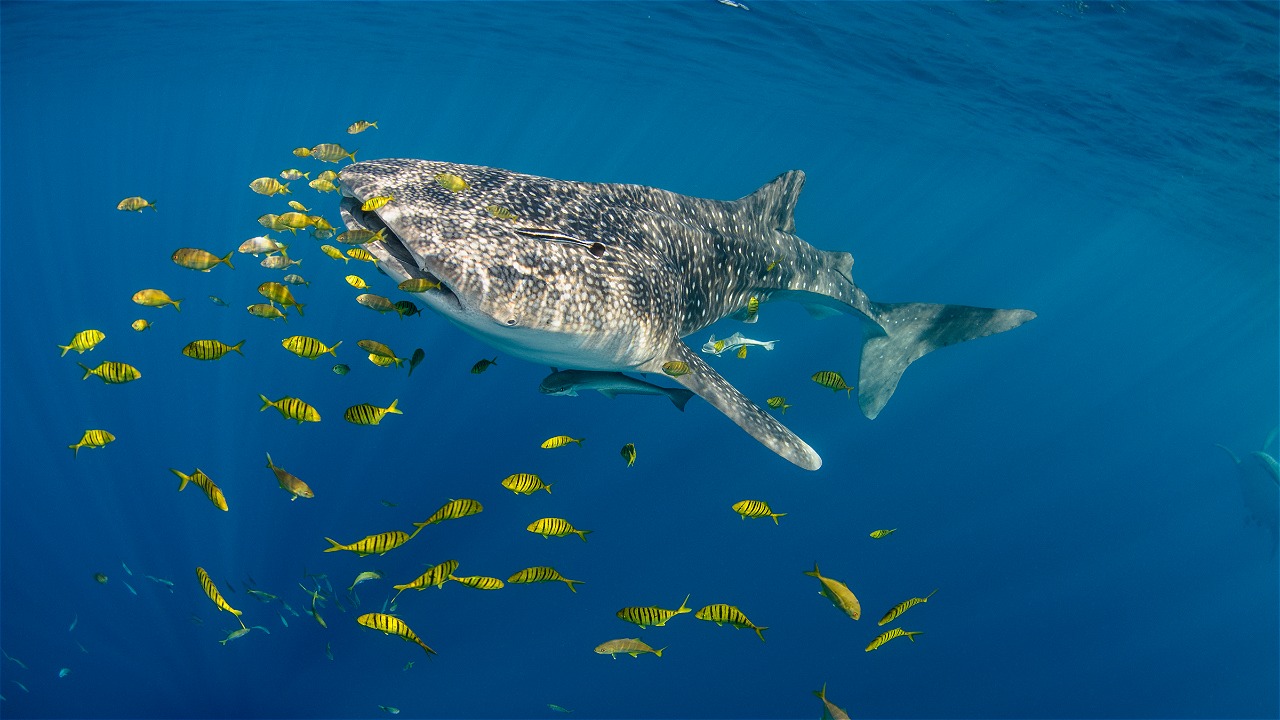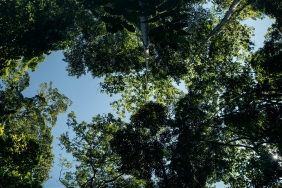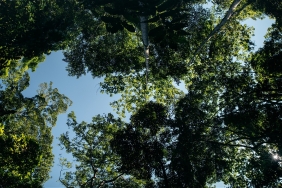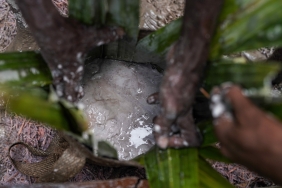CENDERAWASIH BAY, BETWEEN CUSTOMARY LAW AND MODERN LAW
One of my resolutions for 2015 is to continue assisting communities in all conservation activities, so that public engagement on conservation issues will continue to increase. In this case, I finally realized that customary law is very important in the lives of Papuans.
After work at the office, I drove around the harbor area where the young people of Wasior used to hang out and wait for dusk. The beautiful sunset behind Mount Wamesa is interrupted when my eyes are drawn to the shadow of the land on a part of the headland that has been cut up to look like a giant slice of brown bread over the ocean.
The land clearing on the other side had been bothering me for a long time. Right there has been land clearing by a timber company since the last 2 years, precisely around Dusner village, one of the villages located in Wondama Bay Regency in Kuri Wamesa District. Dusner village is now divided into 2 villages, namely Mandarisi and Siwo Sawo villages.
In Dusner Village, WWF Indonesia in collaboration with the Cenderawasih Bay National Park Center (BBTNTC) has conducted zoning socialization and awareness about sustainable environmental management. With the Gurano Bintang Ship, we regularly visit villages around TNTC to provide knowledge and education about environmental conservation and simple health facilities.
Back to Jalan Beradat
A few months ago, we from WWF Indonesia were invited by the Indigenous Peoples Institute of the Archipelago (LMAN) to attend the customary hearing of one of the clans in Dusner Village regarding coastal reclamation activities carried out by the timber company. Finally, after a long time, the opportunity to give a sweet jolt to the customary rights owner came as well.
The long discussion at the final hearing was very contentious regarding the genealogy of the land, which did not lead to an agreement. Although there was one of the elders who tried to emphasize, the debate continued until the proposal to conduct a "Belah Bambu" ceremony.
Belah Bambu is one of the ancient ways of solving problems when there is no consensus, this ceremony is believed to determine who is wrong and who is right. This sacred procession is carried out through ancestral prayers and is very important to indigenous people because it risks death to the party determined to be wrong.
The Chairman of LMAN at the end of the trial gave an explanation of conservation and gave both sides of the clan the opportunity to negotiate so as not to rashly carry out the customary procession. I also left some documents to the chairman of LMAN regarding conservation as a reference in the next discussion.
LMAN also argued that customary land is the full right of indigenous people so government regulations and other modern regulations will be discussed afterwards. At the last session I also circled article 19 of the conservation regulation no 5 of 1990 and the TNTC zoning book as my weapons to express my opinion to the elders.
This experience taught me that no matter how strong government or other modern rules are, if they are not in accordance with the wishes of the community, they will be difficult to enforce. Modern rules really need to be integrated into customary rules and it is important to have a customary elder who understands conservation rules, so that through him modern rules can be in line with the patterns and habits of indigenous peoples that have been passed down for generations.
Hopefully, with this discussion, when I return to the harbor there will no longer be a sight that resembles a giant brown loaf of bread, but will have been replaced by a vast expanse of green on a blue sea.
Author: Feronika Manohas - Community Outreach and Development Coordinator





